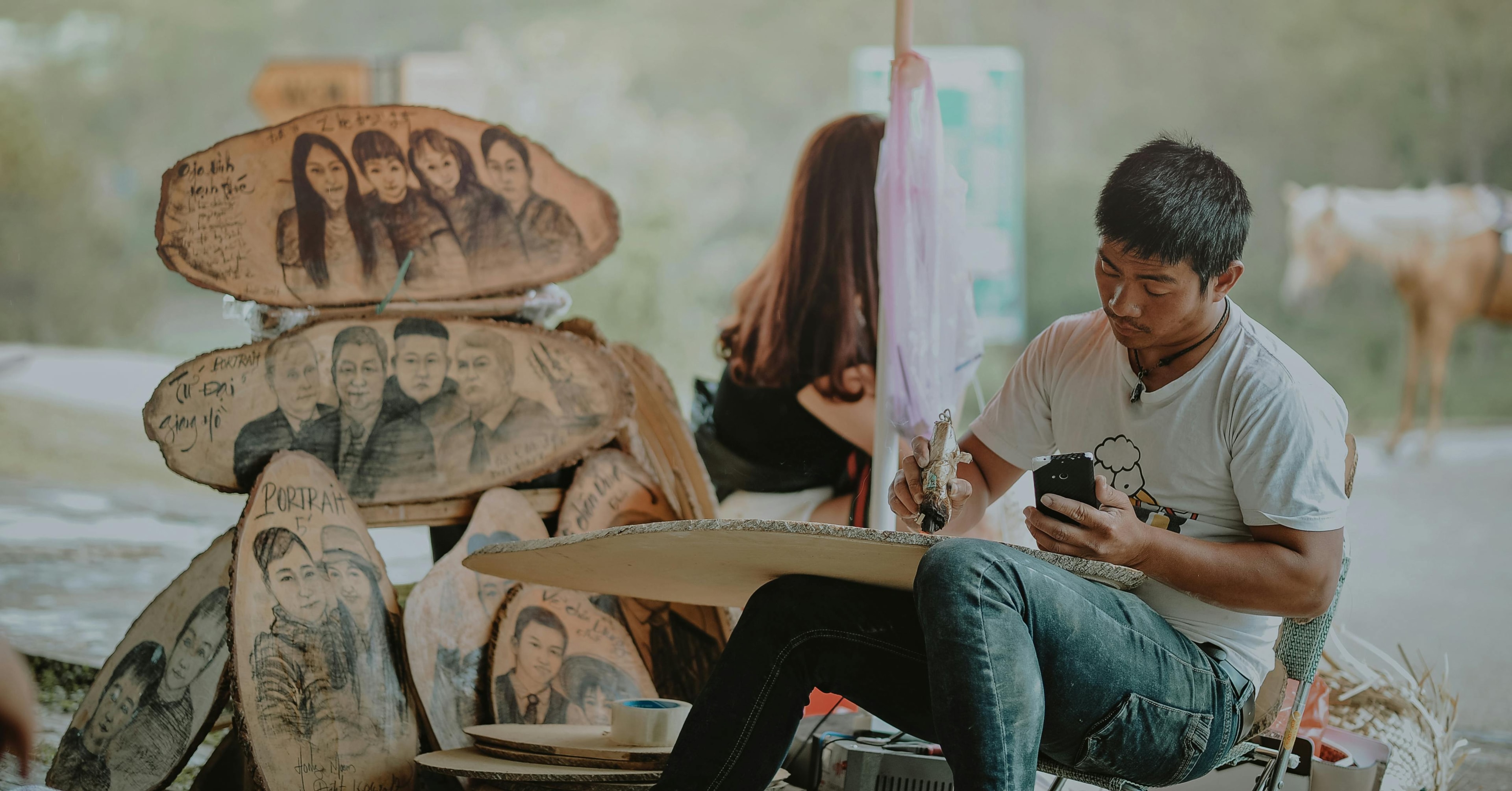
There’s nothing more unique to a person than their creative process. And even within one creative’s career, individual projects will require different processes, approaches, and strategies.
Art is, well…not a science. It can be difficult to pursue creative careers with intent and strategy, but it’s not impossible!
Let’s talk about creative productivity and how to optimize for it.
Disclosure: We may earn a commission from products purchased through links in our posts. This is at no additional cost to you, and recommendations are based on our honest opinions.
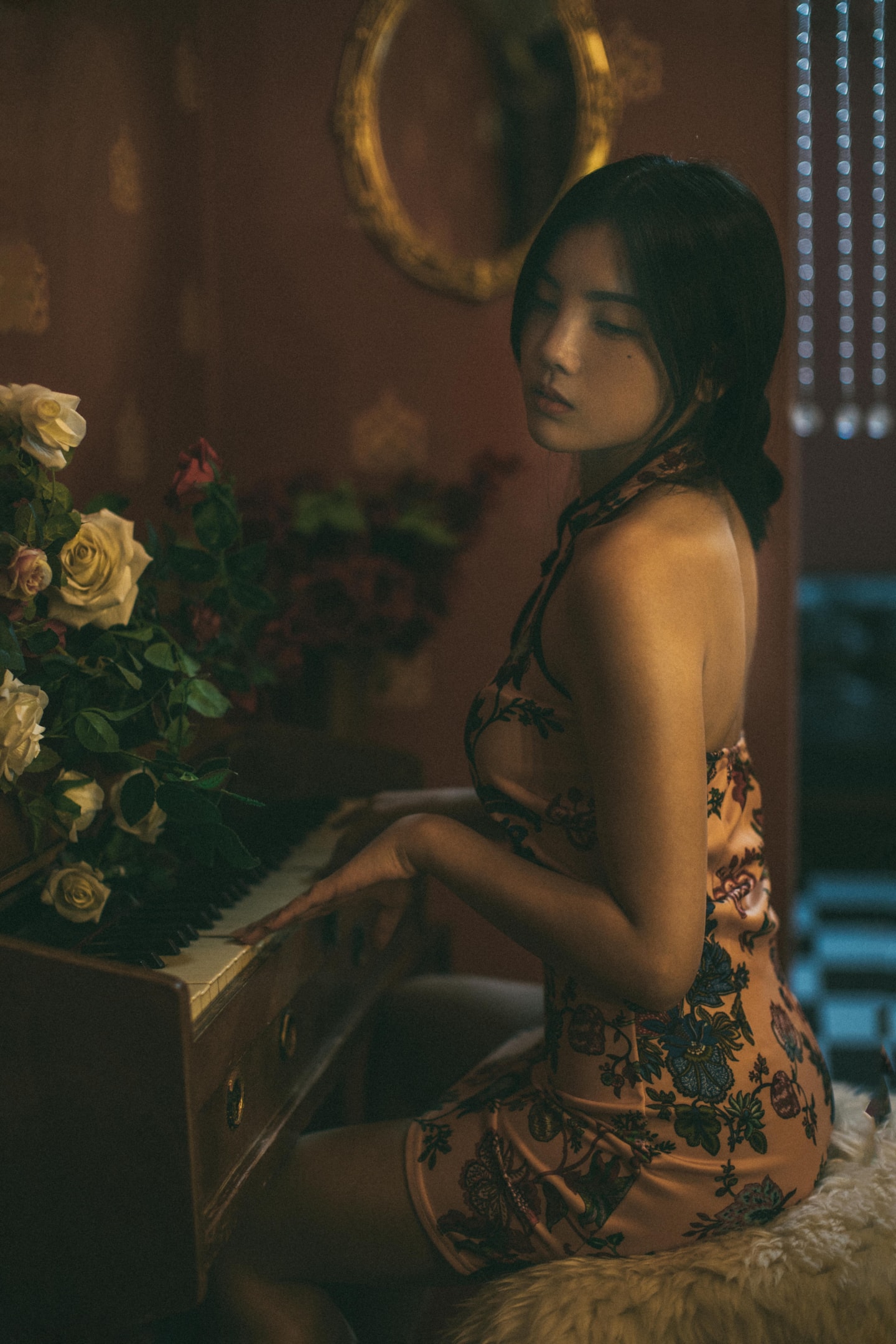
What is creative productivity?
Creative productivity is the efficiency of creative work. It will look different depending on the person and the medium they create in.
Not only is creative expression wildly different from person to person, but the way they access deep focus, their ideal productivity systems, how they create new ideas, and what they consider to be creative success will vary substantially.

Ways to measure creative productivity
To control our productivity, we have to learn an accurate way to measure it. There are many strategies for measuring the effectiveness of your creative work. Here are a few.
Creative output. How many of the Thing are you completing? And in what quality?
To do list items. The number of tasks completed, even if they are marketing, admin work, and other regular or daily tasks that aren’t directly creative production.
If you feel productive. Sometimes we follow our gut–do you feel like you’re accomplishing enough? Then maybe you are! This one’s a little nebulous to pin down, so if you’re not a person with a natural compass for this type of thing, find a different metric.
The finish line. Are you completing your set goals?
Focus hours. You might measure productivity by how many hours you work on your creative projects.
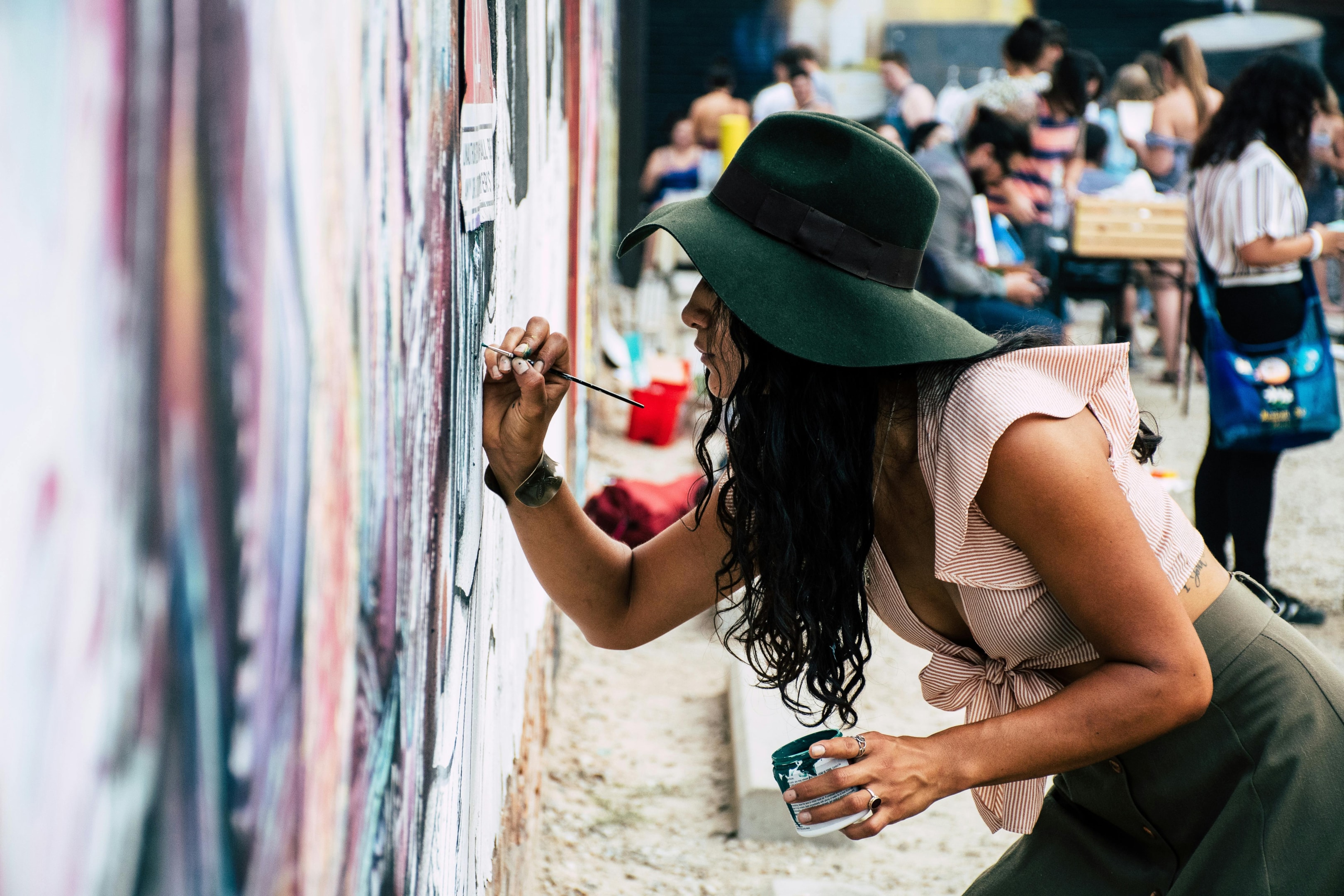
Productivity Tips for Creatives
Many creatives have found this list of tips to be helpful in managing their creative output.
1. Set clear boundaries
A common struggle for artists is to block off enough time, energy, and resources to pursue their craft. Especially if the creative work is not yet paying the bills (or if it never will).
Learning to set boundaries with friends, family, and colleagues to leave space for your work is imperative to your progress. Don’t be afraid to put your foot down.
You should also set clear boundaries with yourself. If you’ve turned your art into a career, it can be easy to let that career seep into your life. Since it starts as a passion, it’s hard to notice when you’re smudging the work-life line.
2. Prioritize projects
When I was a fiction author, it was all too easy to bounce from project to project. While I do like a little variety, if I actually wanted to get something done, I had to buckle down and focus on one project until I finished it.
That can be hard to do! But it’s often the only way to get things done.
So prioritize your projects based on the client, timeline, or personal goal.

3. Use time blocking
Since art creation can be amorphous, it’s hard to tell when we should be working and when we should be taking a break. Time blocking can help with this! Set specific blocks of time to work on certain projects, take breaks, and tend to other tasks.
4. Break down big projects
Once you know more about your process, breaking projects into manageable bits will become more intuitive.
Try to set small goals and create a to do list so you can keep yourself on track and feel like you’re making progress. The feeling of momentum is important for long-winded creative works.
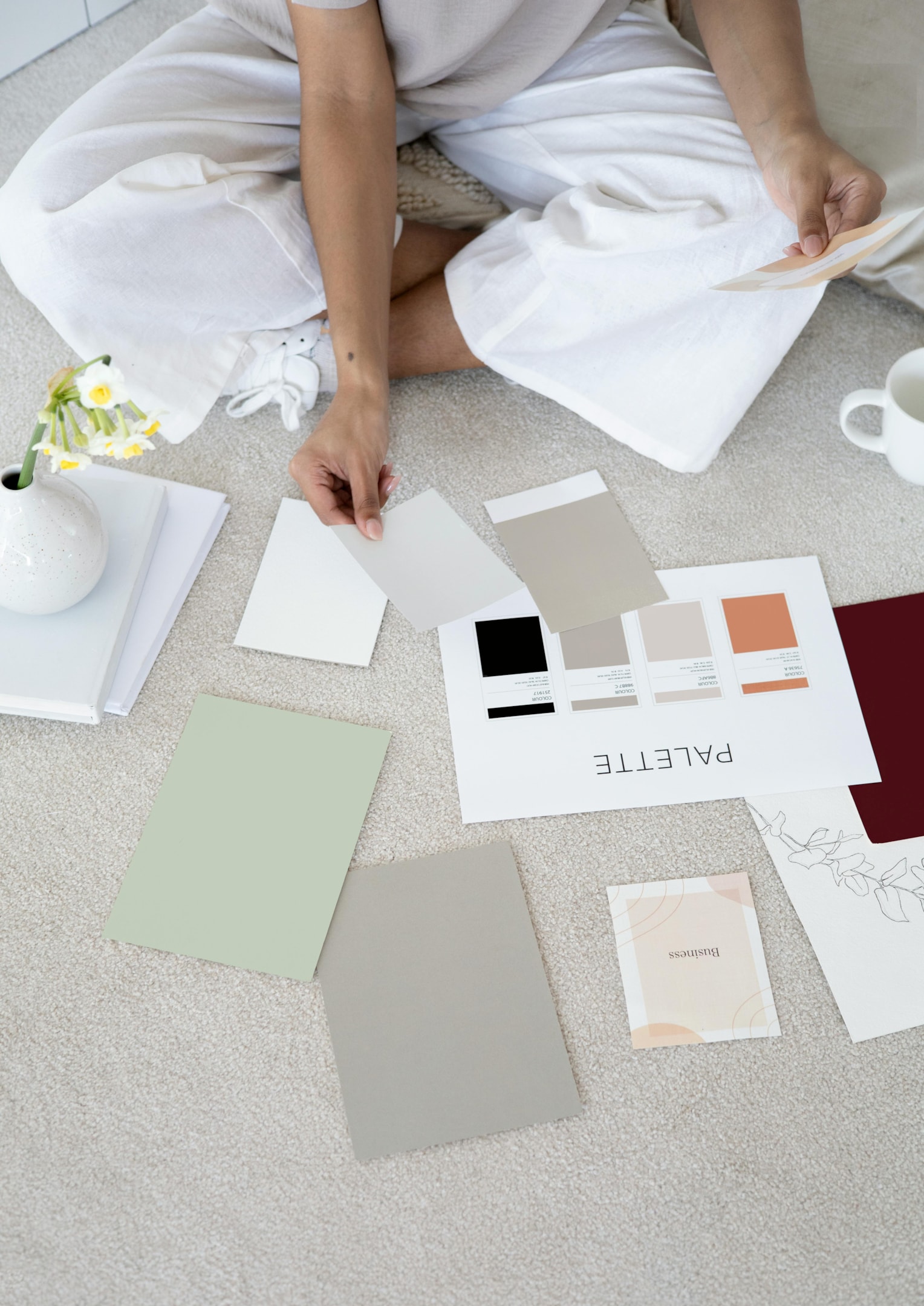
5. Embrace “good enough”
Creating is hard. Since you’re in charge, and it’s your brain/spirit baby, it’s difficult to tell when the thing is finished.
We have to practice accepting “good enough” over perfectionism, because perfectionism will never happen.
You’ll look back on things you created a few years ago and see what improvements you could make now, but you’ll never get to that point if you don’t finish projects and move on to keep learning and improving on your craft.
6. Incorporate regular breaks
With any type of work, breaks are key, but with creative work especially. Artistic burnout comes easily, and it’s hard to get rid of once you’ve got it.
Other than keeping your energy up, breaks are important because you need to go out and interact with the world to make good art. Without understanding something of humanity, creative work can often fall flat and feel disingenuous. Prioritize rest and experiences to feed your inner artist.
7. Balance input with output
Any kind of creative pursuit–writing, painting, choreographing, filmmaking–requires some amount of inspiration and reflective time to produce ideas.
If you’re never filling the cup, you can’t pour from it! Balance what you take in with what you’re putting out. This could look like a trip to an art museum, watching films, touring a studio, doing shrooms in the woods (for legal reasons this is a joke), or just interacting with interesting people.
Don’t starve your eyes and spirit and expect them to create something from nothing.
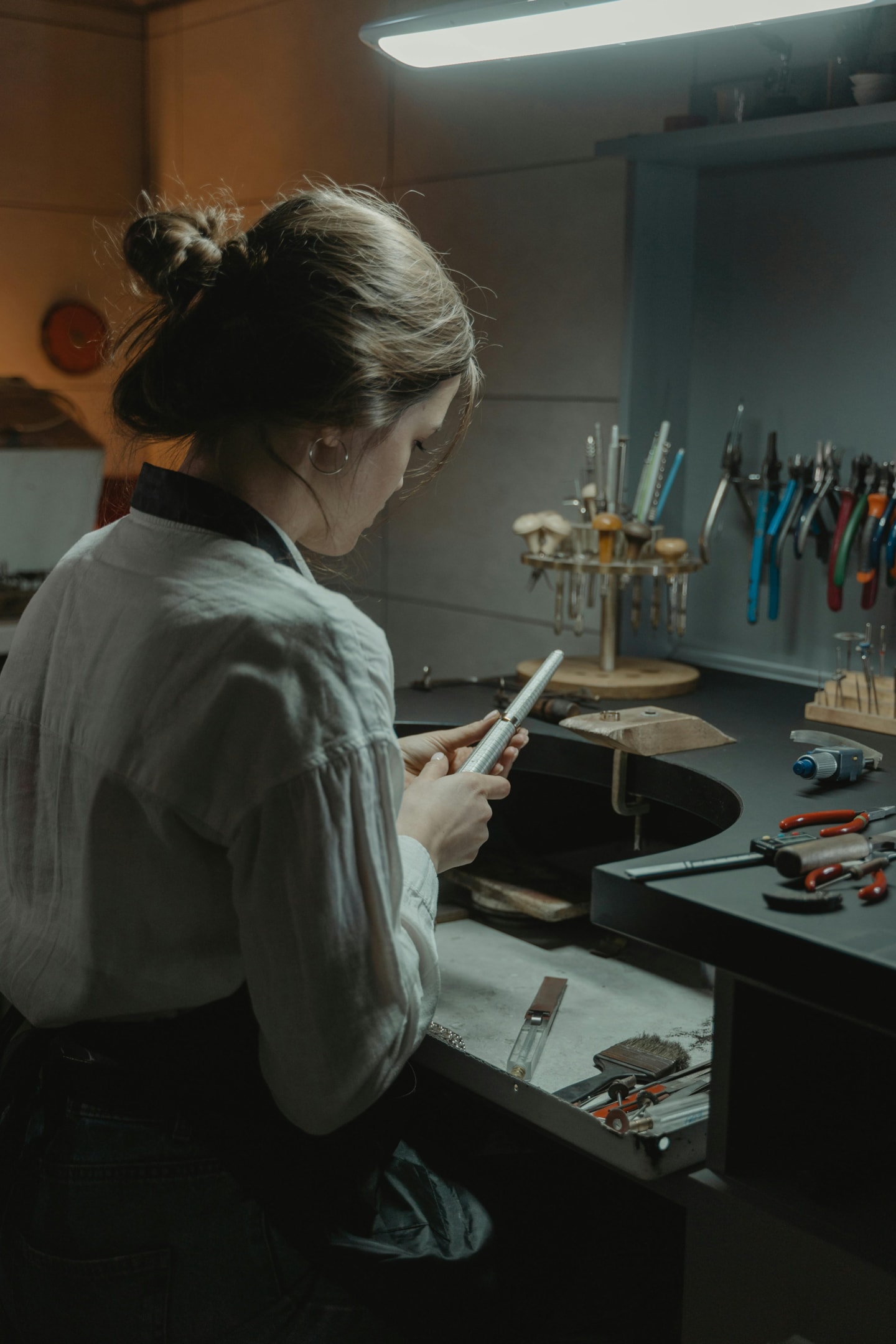
8. Document the process
Keep records of decisions, changes, and lessons learned. There’s no reason to reinvent the wheel.
Keeping a detailed document of your processes will save you time and energy in the future. Once we learn a lesson, it’s important not to unlearn it.
Honing the Creative Process
Productivity for creatives often looks like nailing your own process. This isn’t something I can create for you, though I’d love to, so here are a few things you can try to feel out your own creative work style.
Establish a routine. Set aside dedicated time for creative work. You might try different timespans of working, lengths of break, times of day, locations, etc., until you find your system.
My writing system is setting an hour timer, writing the whole way through, then taking a 30-minute break to exercise, do some chores around my house, play with my pets, make lunch, or do whatever I need to do.
That 30 minutes gives me some headspace and renews my energy to return to that project afterward. I find this pattern creates an effective and efficient workday for me. But it might be horrible for someone else! Experiment around and keep notes of what works and what doesn’t.
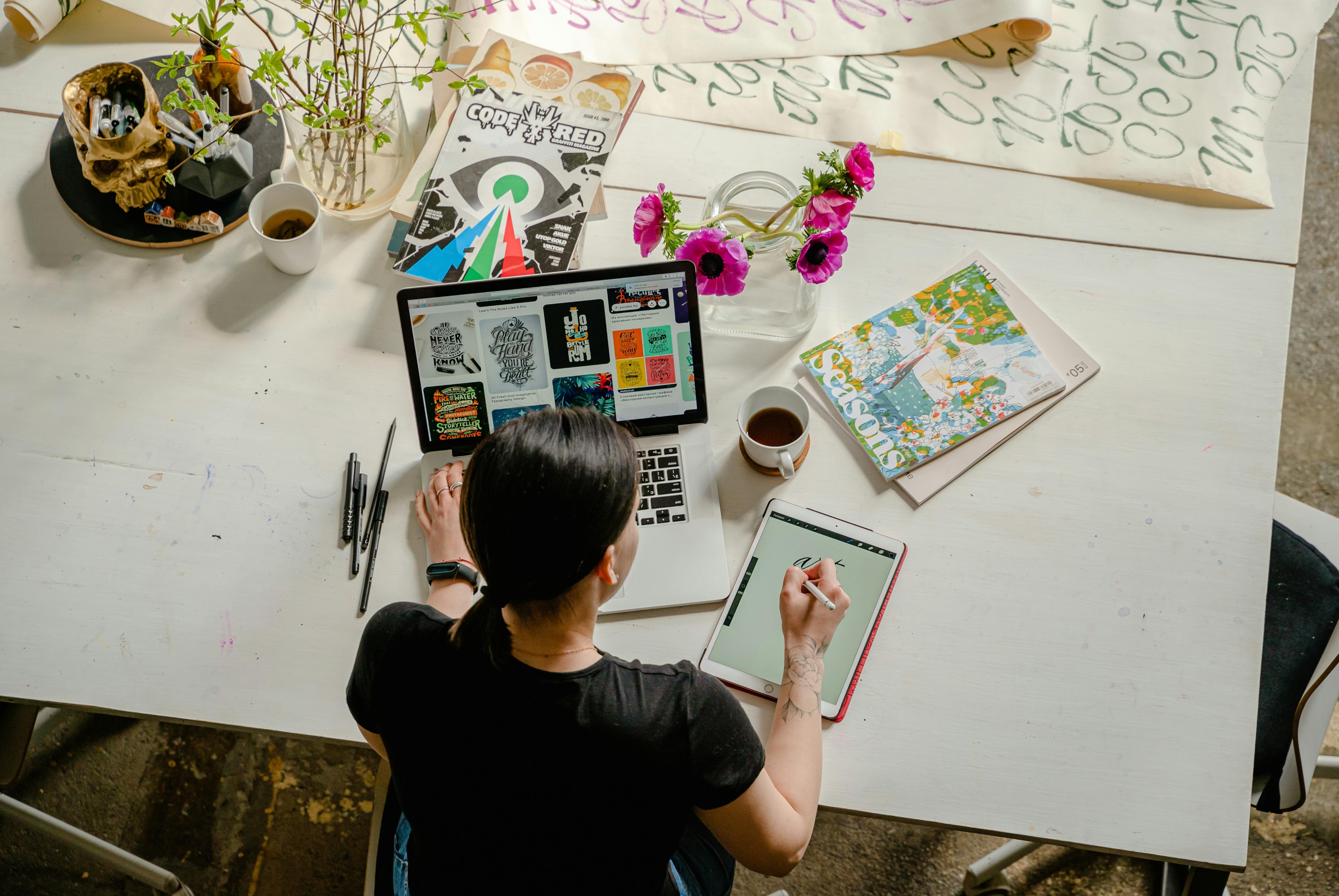
Save ideas. Inspiration is hard to summon on command. So keep a notebook or use an app to record ideas as they occur to you. It always feels like you’ll remember it when it comes time to produce a new project, but you’ll lose it faster than your left earbud.
Practice regularly. Engage in your creative pursuit consistently, even when not feeling inspired. If you wait until you feel like doing it, you’ll rarely/never actually do it.
Seek diverse influences. Expose yourself to various art forms, cultures, and experiences. Get out of the house. Participate in the world to understand it and find inspiration.
Allow for incubation. Give ideas time to develop subconsciously. This means keeping a few projects in different stages–ideation, drafting, perfecting, etc. While you work on your current project, your subconscious could be cooking up the next one. Every idea requires some amount of time to process.
Use brainstorming techniques. Try methods like mind mapping or free writing to continue to develop new ideas. When working on a long-term project that I want to really focus on, I’ll take breaks during it by setting aside time to intentionally ideate on something else. I don’t get far enough into it that I’m juggling multiple projects, but it keeps ideas flowing, and I always have a pool to fish from.

Managing Creative Projects
Planning and executing a creative project is more complicated than a non-creative one. You’ll likely follow your own process, but if you don’t have solid systems to maintain that process, your productivity is probably not near where it could be.
Tracking creative work
We talk about the importance of tracking work, time, and other elements relevant to productivity in order to understand our work style, optimize our time, and ultimately work less hard for less time without dropping our output.
This is true for creatives as well.
Track your work hours, project progress, or other metrics that would be helpful to you in strategizing future projects and managing your current one.
In an above section, we talked about different ways to track productivity for creatives:
- Creative output
- To do list items
- If you feel productive
- The finish line
- Focus hours
To track your specific project timelines, we need to know:
- Relevant due dates
- Estimated time investment
- Key milestones
Check in with your goals and timeline every day (or every work session) to make needed tweaks and adjustments to keep yourself on track.
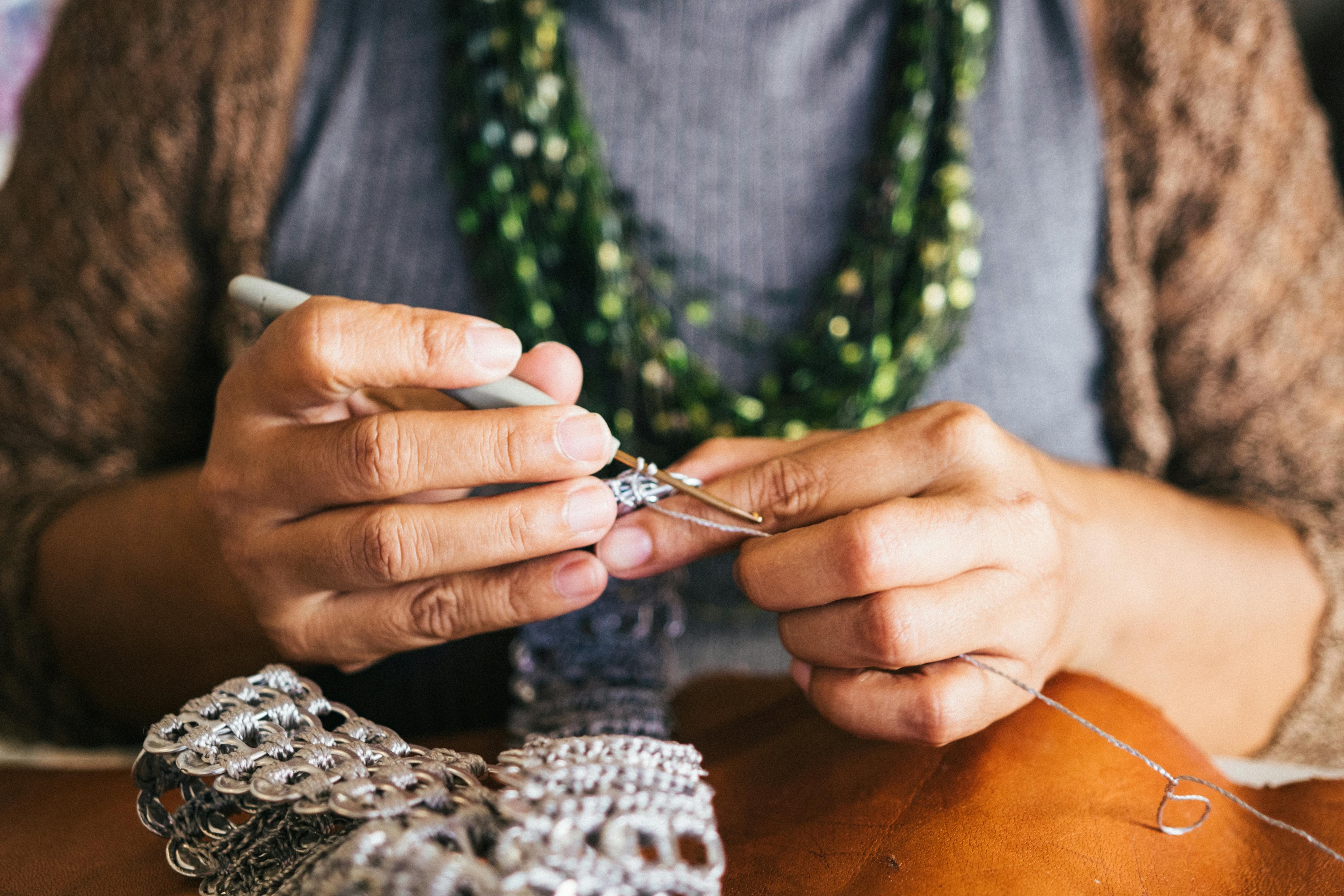
How To Be More Productive as a Creative
Ultimately, becoming more productive in your creative work comes down to these things:
- Honing your process–experiment with different ways of doing things.
- Establishing routines–again, experiment until you find the best way for you.
- Allowing space for processing and ideation.
- Taking adequate breaks.
- Taking in inspiration and the work of other creative people to feed your art.
Reading recommendations for further learning
Here are some excellent productivity books that might help you out:
1. The Artist’s Way by Julia Cameron
The Artist’s Way is probably the most popular and lauded book to help artists reconnect with their creativity. It’s a self-led course that teaches you how to investigate the source of your blocks, remove creative constraints, find your passions, and cultivate skills.
Famous concepts from this book include the morning pages and artist dates, which you’ve probably heard of even if you’ve never heard of this book!
2. Deep Work by Cal Newport
Deep Work explores strategies for focused, high-quality work. We talk about deep work on this blog often, as a productivity system to get better work done in less time. The concept originates from Cal Newport’s book.
3. The War of Art by Steven Pressfield
This book addresses how to overcome creative blocks and resistance in small proverbs that mimic Sun Tzu’s famous The Art of War. These are quick, easy reads for quick application.
4. Making Ideas Happen by Scott Belsky
Making Ideas Happen offers practical advice on executing creative projects.
5. Flow by Mihaly Csikszentmihalyi
Flow gets sciencey, examining the psychology of optimal creative experiences. If you’d like to understand more of how our brain creates, grab a copy of this one!
6. Big Magic by Elizabeth Gilbert
Elizabeth Gilbert encourages readers to embrace their natural curiosity and overcome creative fears. It’s a kind of “heal your inner child and pursue the life you want” moment.
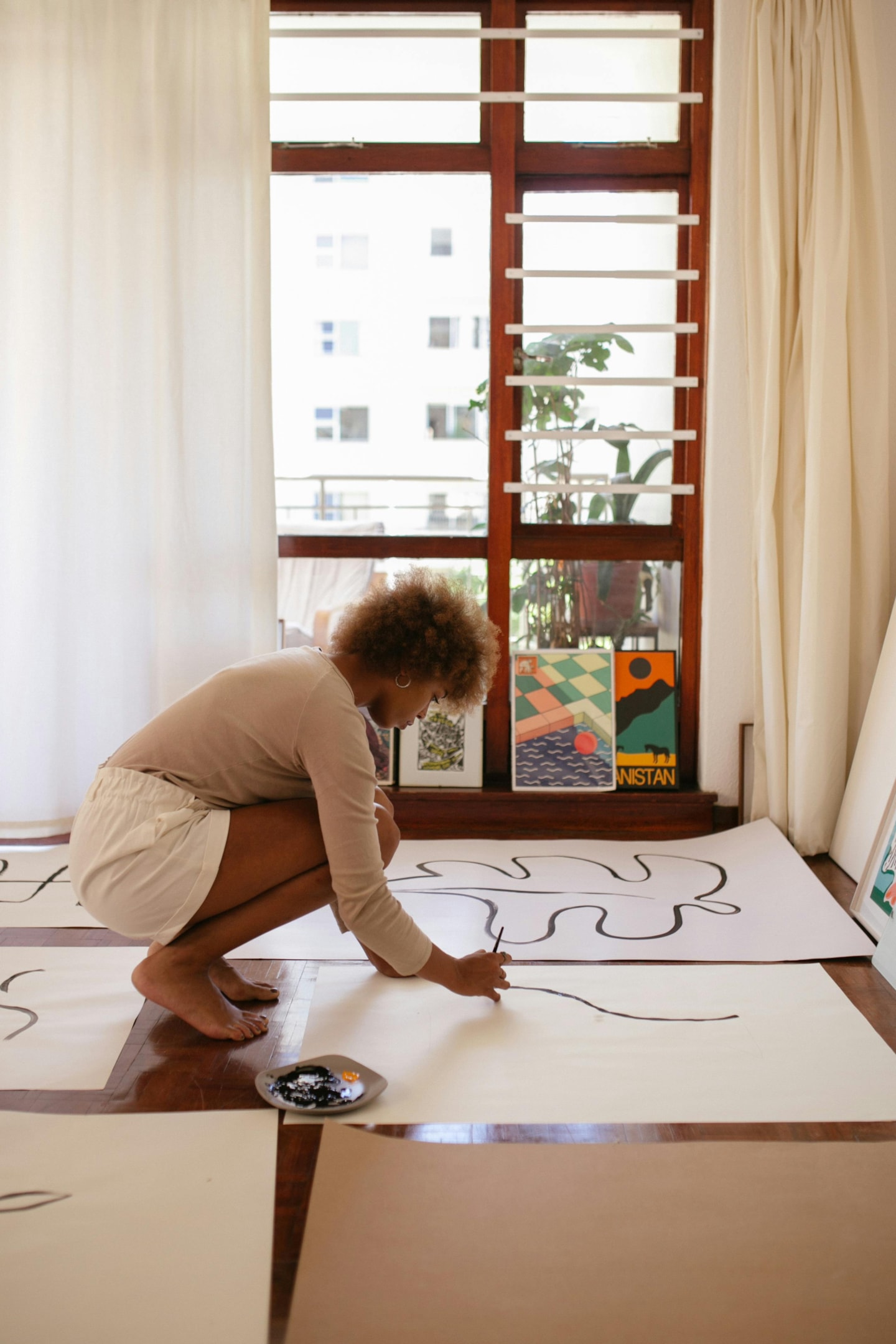
Any of those books are an excellent place to start in your journey to optimize your creative output. Here’s some further reading for overall productivity boosts: